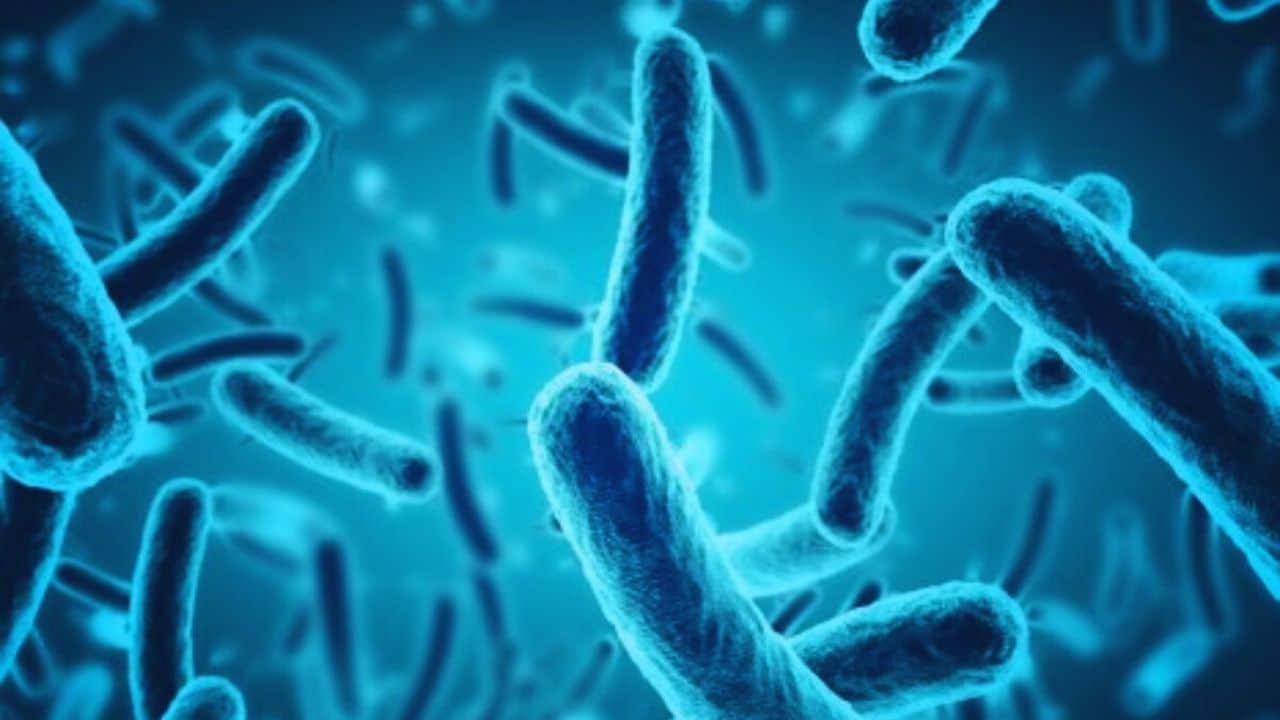Japan is experiencing an alarming rise in cases of streptococcal toxic shock syndrome (STSS), a rare and potentially deadly bacterial infection.
In the first six months of 2024, the country has recorded 1,019 cases of STSS, surpassing the total number reported in 2023. This unprecedented surge has prompted concerns among health officials and the public.
What is STSS?
Streptococcal toxic shock syndrome (STSS) is a severe illness caused by the Group A Streptococcus (GAS) bacteria.
According to the U.S. Centers for Disease Control and Prevention (CDC), GAS is commonly found in the throat and on the skin, often causing mild infections like strep throat.
However, STSS occurs when these bacteria invade the bloodstream and deep tissues, leading to severe complications.
Symptoms of STSS
The symptoms of STSS begin with fever, chills, muscle aches, nausea, and vomiting. As the infection progresses, more severe symptoms develop within 24 to 48 hours.
These include:
- Low blood pressure (hypotension)
- Rapid heart rate (tachycardia)
- Rapid breathing
- Organ failure
In some cases, a sunburn-like rash may appear early in the infection. Immediate medical attention is crucial as STSS can quickly become life-threatening.
Risk Factors for STSS
Certain factors increase the risk of contracting STSS:
- Open wounds or sores
- Recent surgery
- Viral infections causing open sores, such as chickenpox or shingles
- Underlying health conditions like diabetes and alcohol use disorders
- Age, particularly individuals over 65 years old
According to the CDC, three out of ten people with STSS are likely to die, making early detection and treatment vital.
Treatment of STSS
STSS is treated with antibiotics. In addition to antibiotics, patients often require intravenous fluids and interventions to address organ failure.
In severe cases, surgery may be necessary to remove infected tissue. Despite treatment, the mortality rate remains high, underscoring the importance of early medical intervention.
Causes Behind the Outbreak in Japan
The exact reasons for the sudden rise in STSS cases in Japan remain unclear. The country’s Health Ministry has suggested that the relaxation of COVID-19 measures might have contributed to the increase.
During the pandemic, measures such as masking and social distancing not only reduced COVID-19 transmission but also decreased the spread of other infections.
As these measures were relaxed, there may have been a resurgence of various infections, including those caused by GAS.
Global Context and Surveillance
The surge in STSS cases is not limited to Japan. Health officials worldwide have observed an increase in GAS infections following the pandemic.
For instance, the United States reported 145 cases of STSS in 2021, and there have been concerns about rising GAS infections in Europe as well.
Andrew Steer, director of infection, immunity, and global health at Murdoch Children’s Research Institute in Melbourne, Australia, emphasized the need for increased awareness and surveillance of GAS infections globally.
He noted that while STSS is rare, the recent rise in cases highlights the importance of monitoring and addressing bacterial infections promptly.
Preventive Measures
Preventing STSS involves good hygiene practices, such as:
- Washing hands regularly
- Keeping wounds clean and covered
- Seeking prompt medical treatment for infections
Vaccination against related viral infections, like chickenpox and influenza, can also reduce the risk of severe GAS infections.
Wrap up
The rise in STSS cases in Japan is a stark reminder of the ongoing challenges posed by bacterial infections. While STSS remains rare, its potential severity and high mortality rate make it a significant public health concern.
Continued vigilance, early detection, and timely treatment are crucial in managing and preventing the spread of this dangerous infection. Health officials and the public must remain informed and proactive to mitigate the risks associated with STSS.




































